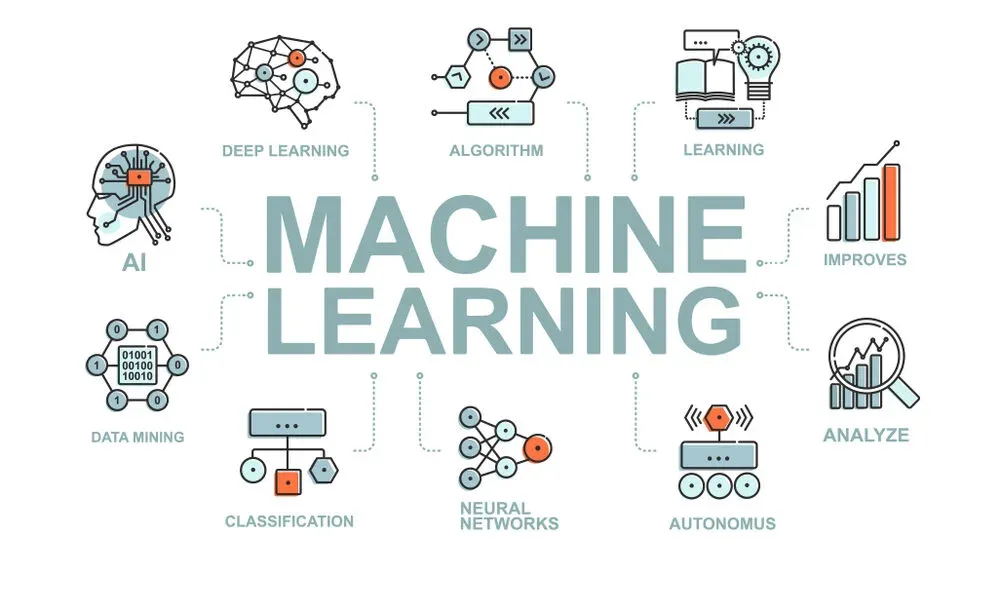Machine Learning (ML) may feel like magic, but behind the scenes, it's a methodical process grounded in data, logic, and mathematics.
Whether it's powering recommendation engines or predicting market trends, ML systems follow a structured pipeline to transform raw data into intelligent action. Here's how it all comes together.
Step 1: Data Matters
The journey begins with data collection. This includes structured data from databases and spreadsheets, and unstructured data like images, text, and sensor outputs. Once gathered, the data is cleaned and preprocessed.
This involves handling missing values, removing duplicates, and normalizing features—ensuring quality inputs for learning.
Next, the dataset is split into training and testing sets, typically in an 80/20 ratio. This allows the model to learn from a portion of the data and be evaluated on the rest, ensuring it generalizes well to new, unseen information.
Step 2: Algorithms in Action
Once data is ready, the algorithm selection begins. Depending on the task—classification, regression, clustering—options like Decision Trees, Support Vector Machines, or Neural Networks are considered.
During model training, the algorithm processes the training data to learn underlying patterns. Optimization techniques like Gradient Descent help minimize error and refine the model's internal parameters.
After training, the model undergoes evaluation using the test set. Key performance metrics include Accuracy for classification tasks or Mean Squared Error (MSE) for regression problems.
If the model doesn’t perform well, hyperparameter tuning helps fine-tune its behavior, striking the right balance between overfitting and underfitting.
Step 3: Deployment & Beyond
Once the model performs reliably, it’s time for deployment. This involves integrating the model into real-world applications—whether through APIs, mobile apps, or backend systems.
But the process doesn't stop there. Continuous learning ensures that the model adapts over time.
As new data flows in, retraining keeps predictions accurate and relevant, especially in dynamic environments like finance, healthcare, or e-commerce.








